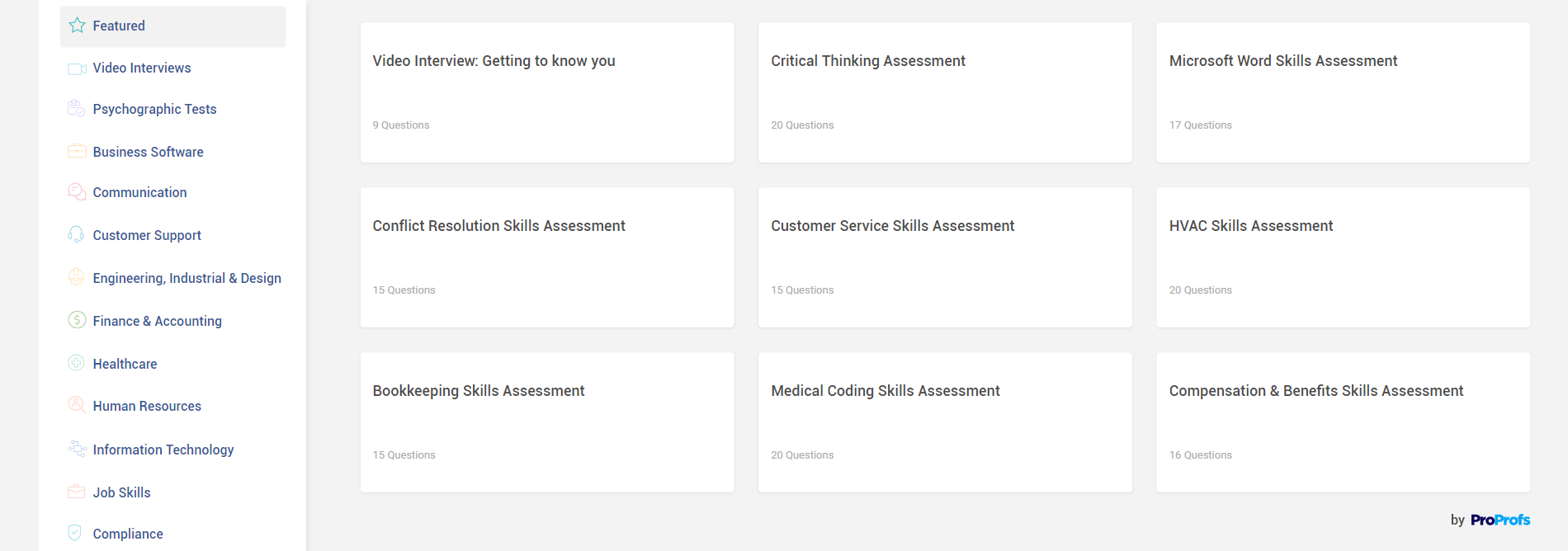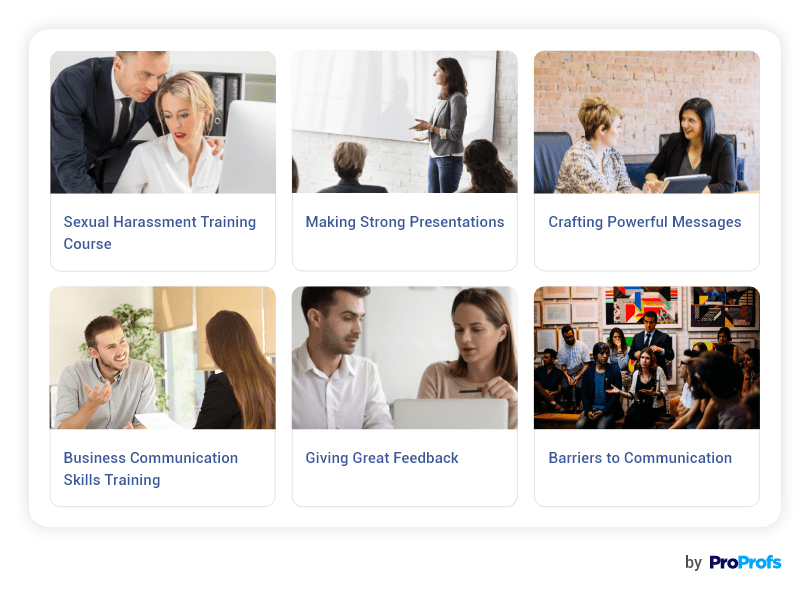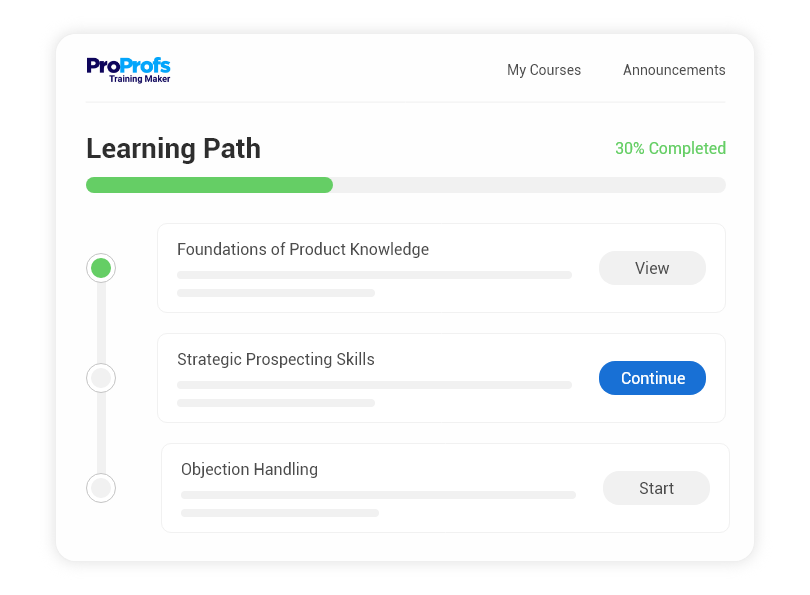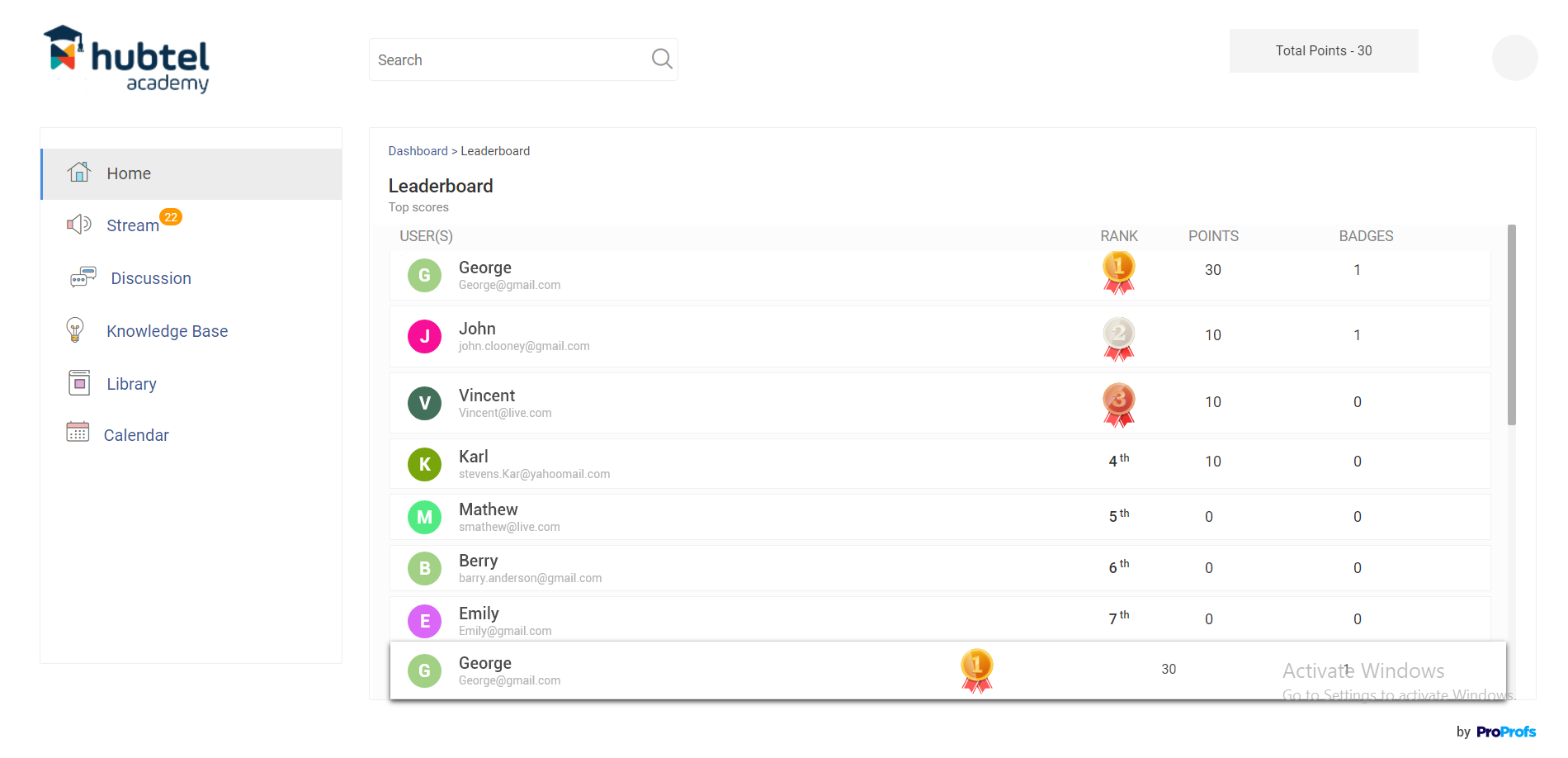Being in the training industry, I’ve witnessed the hurdles that small businesses often encounter when trying to build a successful workforce.
Small businesses often grapple with limited resources and budget constraints. This makes it challenging to attract, train, and retain skilled employees.
This inspired me to put together this guide on how to create small business employee training programs.
Take a look.
Tips for Creating Small Businesses Employee Training
“There’s nothing wrong with staying small. You can do big things with a small team.” – Jason Fried, founder & CEO, Basecamp
How do you create effective training for small businesses, even with limited budgets?
Based on my research, observations, and experience, here are some practical tips that have proven instrumental in streamlining training initiatives by small businesses.
Before the Training
Before you create small business employee training online, it’s essential to understand the sentiments of your audience, identify skill gaps, and ask for recommendations. Plus, you need to ensure that all participants get the chance to participate in the training creation process.
1. Understand Employee Sentiments
Before creating employee training programs for small businesses, it’s essential to evaluate your employees’ sentiments about potential training to address concerns and ensure a smoother transition.
You need to understand that change can be perceived as disruptive, so take proactive measures to understand their feelings.
This understanding will set the stage for a more receptive and cooperative training environment.
2. Identify Training Needs and Set Objectives
Assess your employees’ skill gaps thoroughly and define training objectives accordingly. This systematic approach will enable you to target the right skills and provide a clear framework for measuring the training program’s success.

Once you assess the skills, your next aim should be to set the training goals and objectives. Your goals should be SMART (Specific, Measurable, Attainable, Realistic, and Time-Bound). By aligning the training goals with your organizational needs, you can enhance the overall effectiveness of the learning initiative.
3. Ask Employees for Recommendations

Involve your staff (including your remote employees) in decision-making by seeking their input on what they want to learn.
This collaborative approach boosts motivation and ensures that the training content is relevant and aligned with the employees’ interests and career aspirations.
If you have employees working remotely, you can send them survey questions to get the desired response.
Training Methods and Delivery
Another thing you should keep in mind when creating small business training programs is the delivery method. It should suit the learning style and preferences of the audience. So, here’s what you need to do:
4. Choose Appropriate Training Methods
Carefully select training methods, such as e-learning, workshops, or mentorship, based on the type of training materials, employee needs, and budget.
This strategic decision ensures that the chosen methods effectively cater to the diverse learning styles within the organization.
5. Pick the Right LMS
Do you know?
89% of American companies use a learning management system (LMS) for their online training.
When you integrate employee training software, such as an LMS, into the training process, it enhances accessibility, flexibility, and the overall effectiveness of the learning experience.
An LMS provides a centralized hub for organizing, managing, and delivering training materials. It allows you to create interactive content, making the learning experience more dynamic. Plus, it makes it easy to train your remote workforce as well.
6. Add the Right Courses
Incorporate the right courses into your small business employee training programs. This will ensure your content is relevant and aligned with organizational goals. Select courses that address specific skill gaps and industry trends to enhance the effectiveness of the learning experience.
Modify the content to meet the needs of participants. This will foster engagement and encourage the practical application of acquired knowledge.

With the right courses, organizations can empower their workforce with targeted skills, leading to improved productivity and performance.
However, if you do not want to use prebuilt courses and want to build your training materials from scratch, an LMS can help you. Also, there are plenty of free small business training programs available online. You can check them out as well!
Here’s a quick video:
7. Make Your Training Engaging
A report by the Digital Learning Institute states that multimedia learning can improve learner satisfaction by 52%, motivation by 46%, and performance by 35%.
That’s why I suggest adding engaging elements to your training programs. It could be images, videos, PPTs, PDFs, and podcasts. Make training fun and exciting by using interactive activities and real-world examples. Also, add learning paths to enable guided learning.

When training is interesting and fun, it keeps your brain active and eager to learn. Information sticks in your mind when training is packed with multimedia elements, just like a favorite song you can’t forget. So, when learning is enjoyable, it’s easier to recall information and practically use the new skills.
8. Embed Assessments
Like any other learning initiative, small business employee training programs need timely assessments. They are instrumental in measuring and understanding comprehension, retention, milestones, gaps, and progress. They act like checkpoints that let you identify areas of strength and improvement.
Assessments ensure that learners grasp key concepts, reinforcing knowledge retention.
9. Track Learner Progress
One of the most effective ways to ensure the success of your employee training program is to track the progress of your learners. Tracking learner progress allows you to measure the impact of your training, identify skill and knowledge gaps, improve training quality, and calculate the return on investment (ROI) of your training initiatives.
By using specialized software, such as an LMS, you can easily collect and analyze data on various metrics, such as completion rates, test scores, engagement levels, and feedback.
For instance, with ProProfs Training Maker, you can generate different kinds of reports and also share them with your learners.
Ongoing Learning and Recognition
Ongoing learning fosters continuous skill development, while recognition reinforces this process by acknowledging achievements. Together, they cultivate a resilient and motivated workforce that drives innovation and success in today’s ever-evolving professional landscape.
10. Provide Continuous Learning Opportunities
Establish a culture where learning is viewed as a continuous process rather than a one-time event. Offer ongoing learning materials, resources, and opportunities for skill development. Encourage employees to embrace a mindset of continuous improvement.
Continuous learning opportunities are essential for employees to keep up with the changing demands of their jobs, develop new skills, and advance their careers. It can also improve employee engagement, retention, and performance.
11. Encourage Peer-to-Peer Learning
Foster a collaborative environment that promotes knowledge-sharing among employees. Encourage peer-to-peer learning, where individuals can share their expertise and experiences, leading to the development of a more interconnected and knowledgeable workforce.
If you want to encourage collaborative learning, look no further than ProProfs Collaborate. It facilitates peer-to-peer learning through organized Q&A discussions and topic-threaded chats. Users can seek and provide information, ask questions, and access knowledge on desktop or mobile devices.
12. Reward and Recognize Learning

Implement a system to acknowledge and reward employees who actively participate in learning and successfully apply their new skills. Recognition serves as a powerful motivator, reinforcing the value of continuous learning and encouraging a positive cycle of skill development.
Apply gamification to your training programs as it fosters healthy competition to perform better. You can also hand out certificates after course completion, which would serve as proof of their actual participation in specific training sessions.
With most LMS, you can set expiry dates and certification rules, define milestones, and also share the certificates with your learners.
These are some of the tips that will help your small business create the best training programs. Even if you have budget constraints, don’t worry! There are plenty of free small business employee training solutions out there, including ProProfs Training Maker, which has a free plan that supports up to 10 learners.
Case Study: ZapposZappos is an online shoe and clothing retailer based in the United States. As a small business, Zappos recognized the importance of investing in the growth and development of its employees. Zappos implemented an intensive employee training program called “Zappos Culture Training” to create a positive and customer-centric work environment. The training program focused on instilling the company’s core values, cultivating a strong work culture, and providing excellent customer service. During the four-week training period, new employees were immersed in activities that introduced them to the company’s core values, history, and customer service philosophy. They also underwent product knowledge training to ensure they were knowledgeable about Zappos’ offerings. Moreover, the employees were given the opportunity to interact and shadow experienced members from different departments. To make the training more engaging and experiential, Zappos incorporated creative learning methods such as skits, role-playing exercises, and group activities. Additionally, Zappos emphasized regular feedback and coaching throughout the training program.The success of Zappos’ employee training program can be attributed to several factors. First, the training was designed to align with the company’s values and culture. Second, the training program created a sense of unity and teamwork by providing opportunities for employees to interact and collaborate. Third, the incorporation of creative learning methods made the training engaging. As a result, Zappos saw significant improvements in customer service, employee retention, and overall organizational performance. All this ensures its success as a small business in the highly competitive eCommerce industry. |
Create the Best Training Programs for Small Businesses
When you invest in your employees, you invest in your business’s future. By implementing these tips for creating small business employee training programs, employees can acquire the skills and knowledge they need to thrive. This boosts productivity, innovation, and satisfaction.
Remember, even small changes can yield big results. So, don’t wait – start building your powerful training program today!
 Tips
Tips
We’d love to hear your tips & suggestions on this article!
Get Free Employee Training Software — All Features, Forever.
We've helped 567 companies train 200,000+ employees. Create courses in under a minute with our AI LMS or use 200+ ready-made courses on compliance, harassment, DEI, onboarding, and more!

 We'd love your feedback!
We'd love your feedback! Thanks for your feedback!
Thanks for your feedback!







